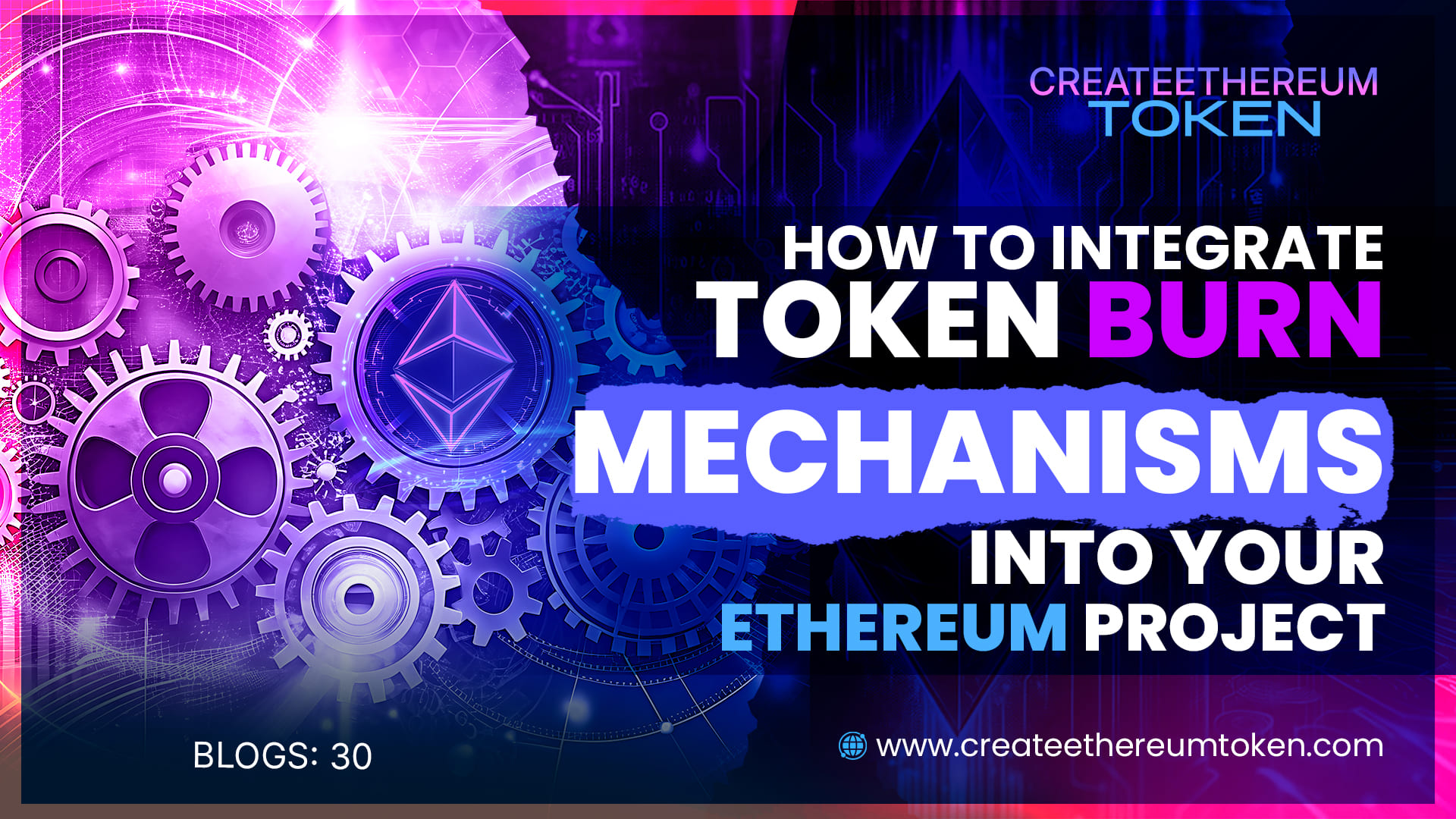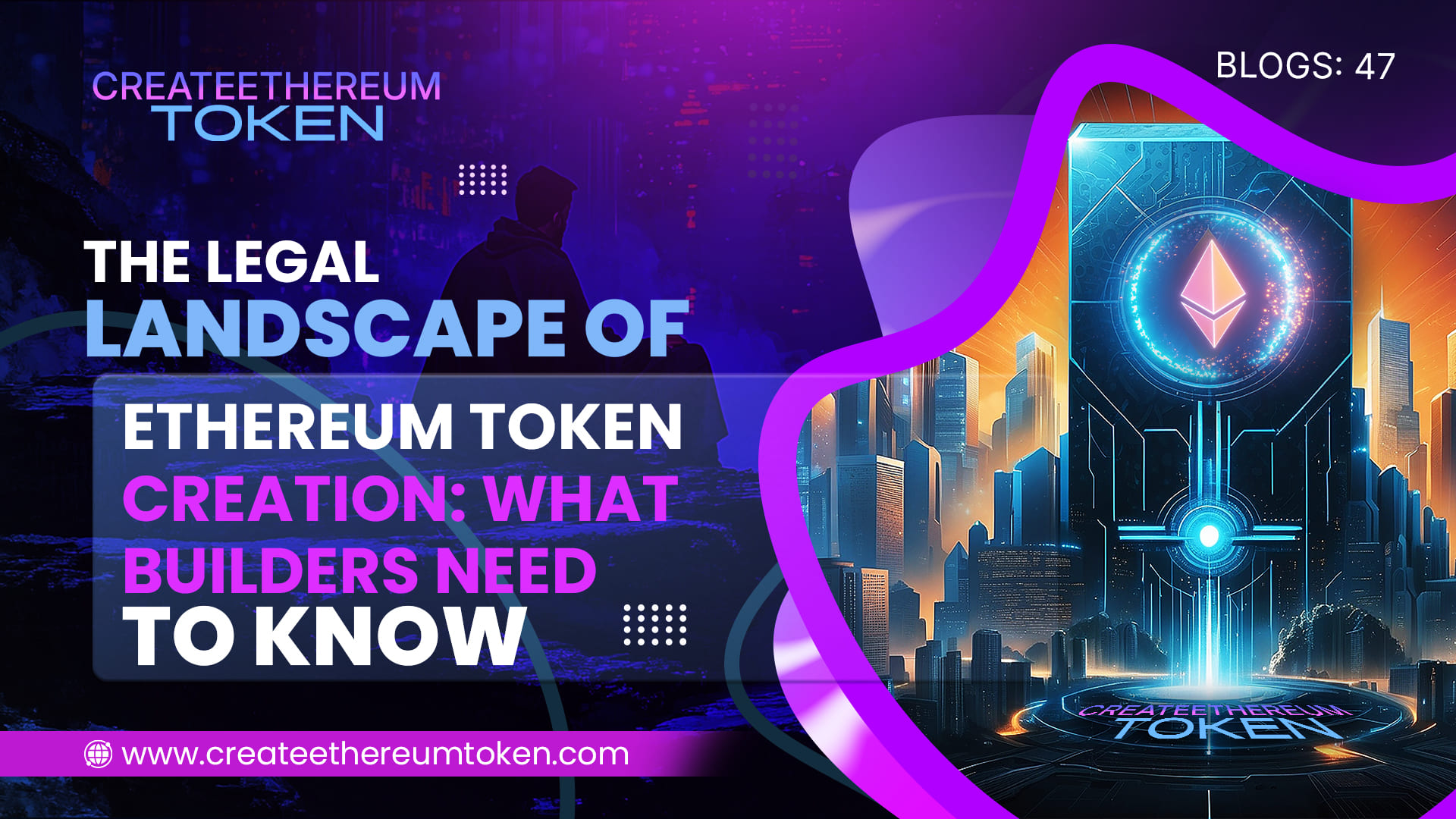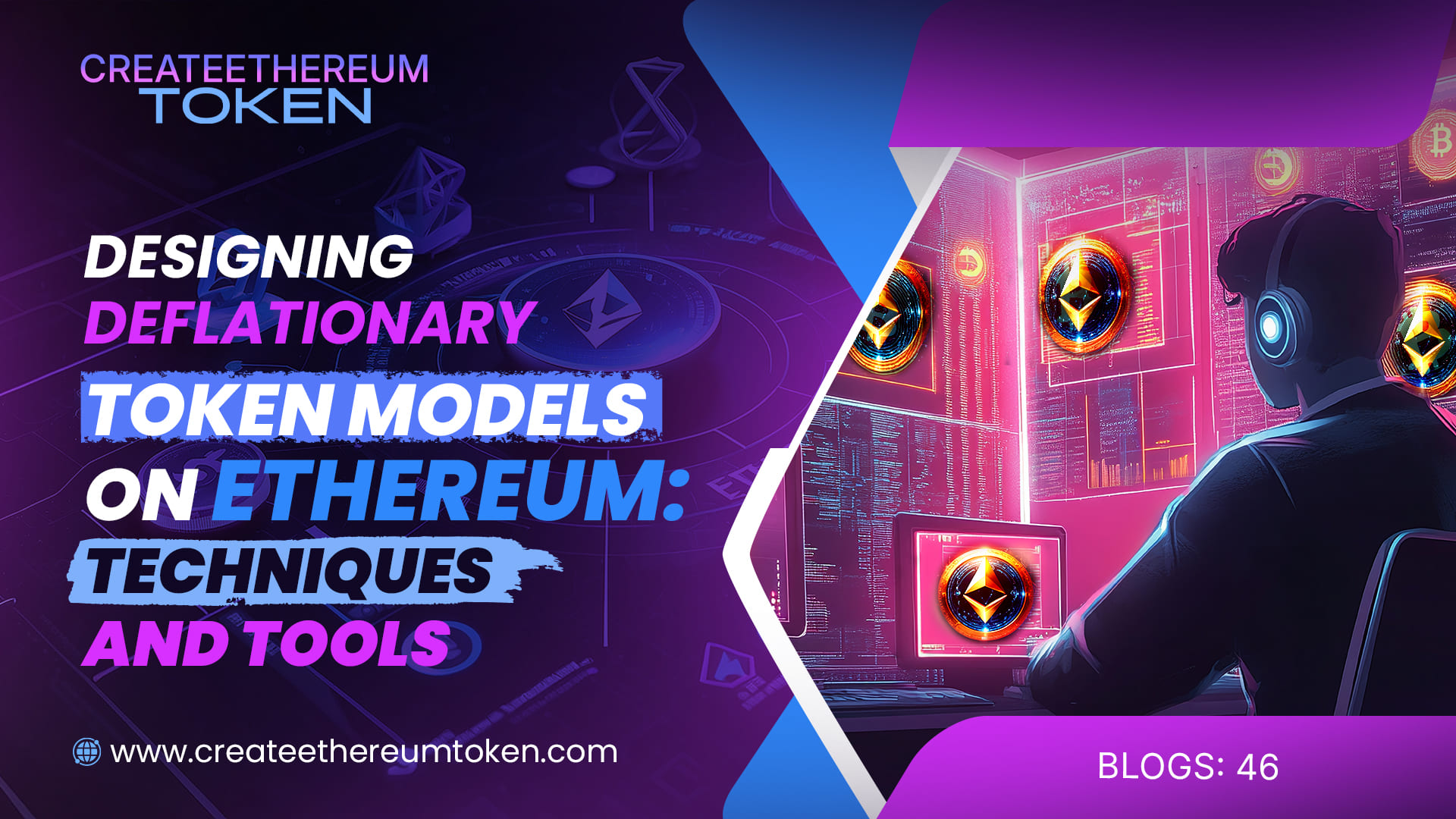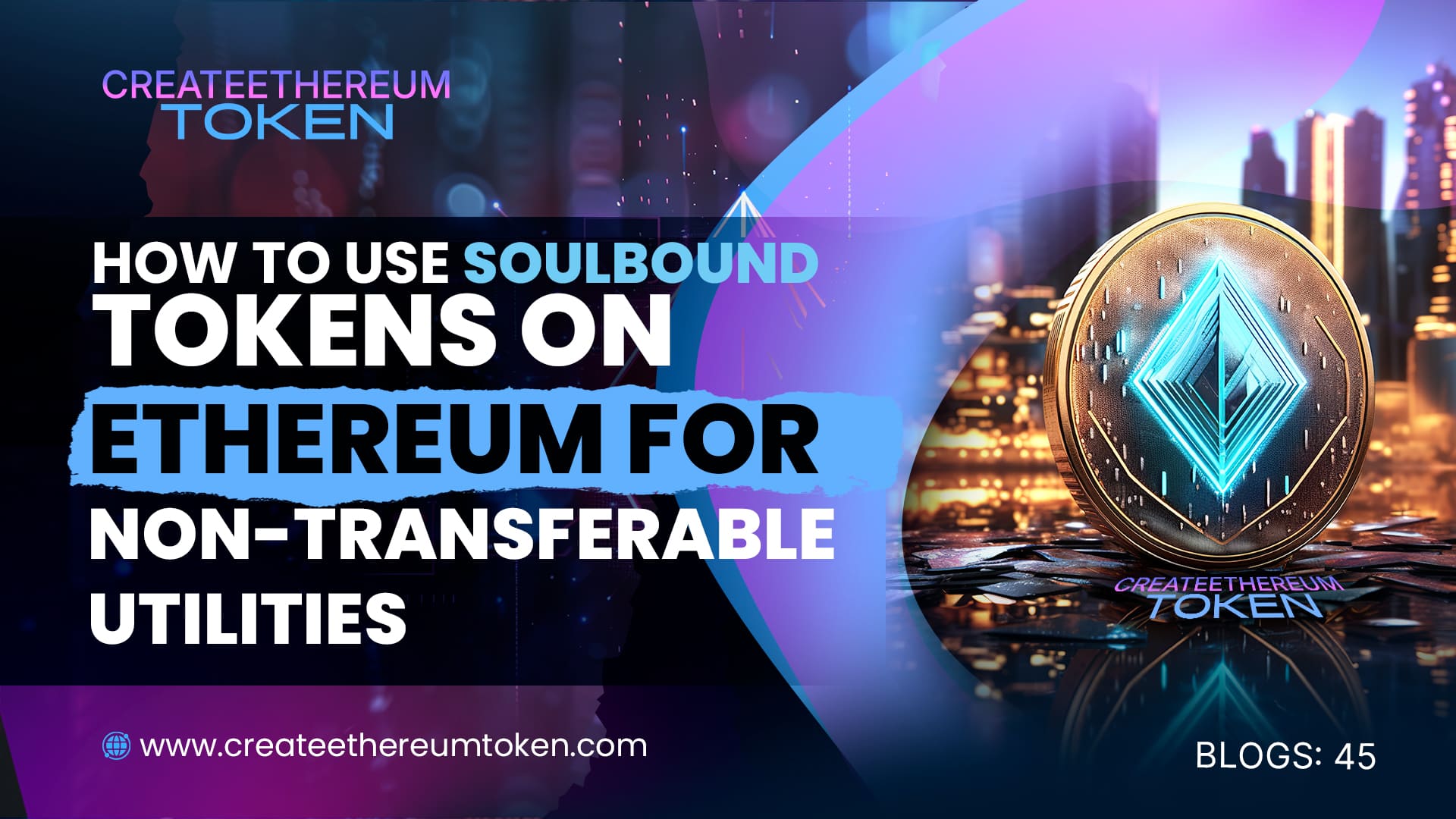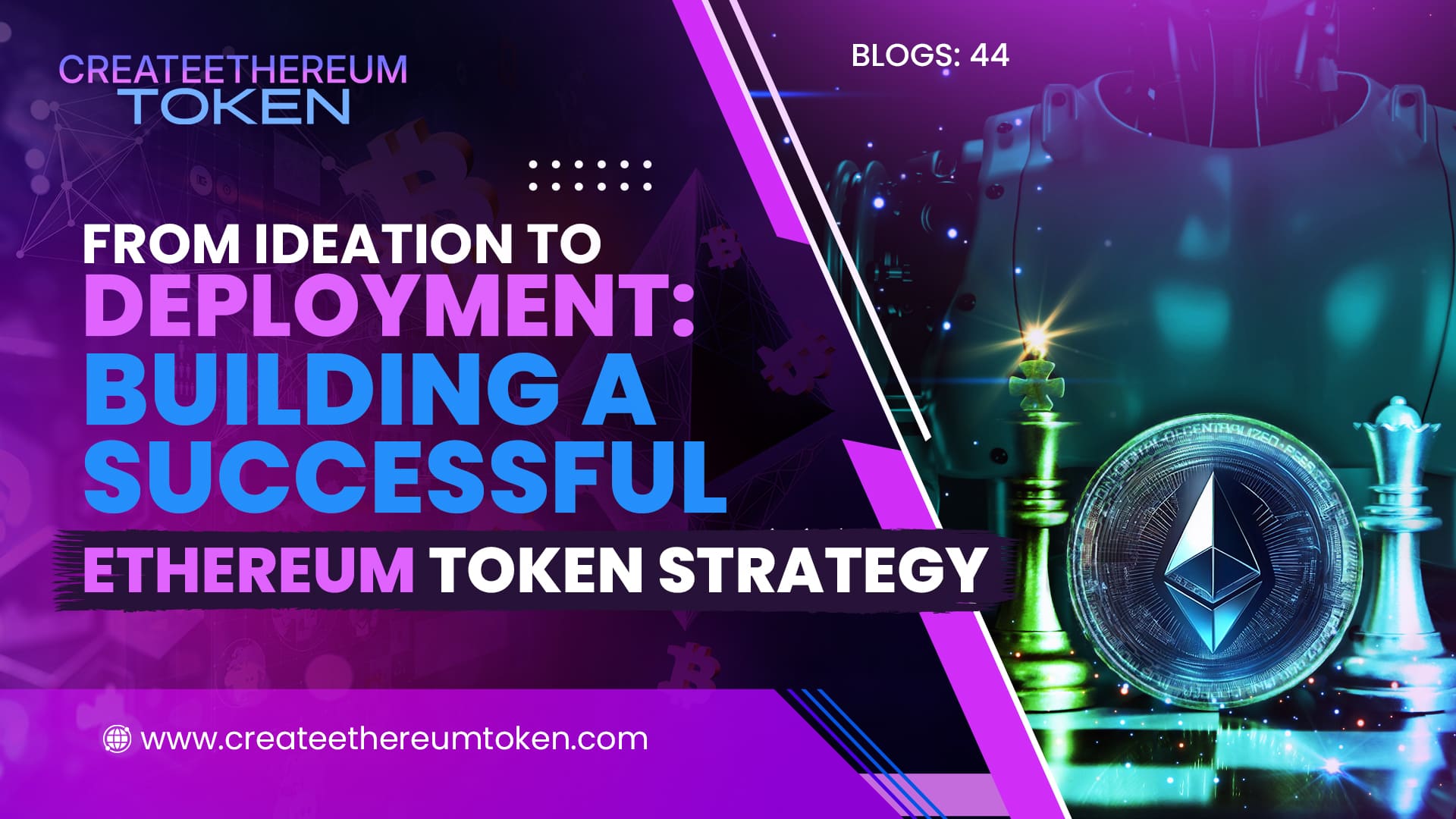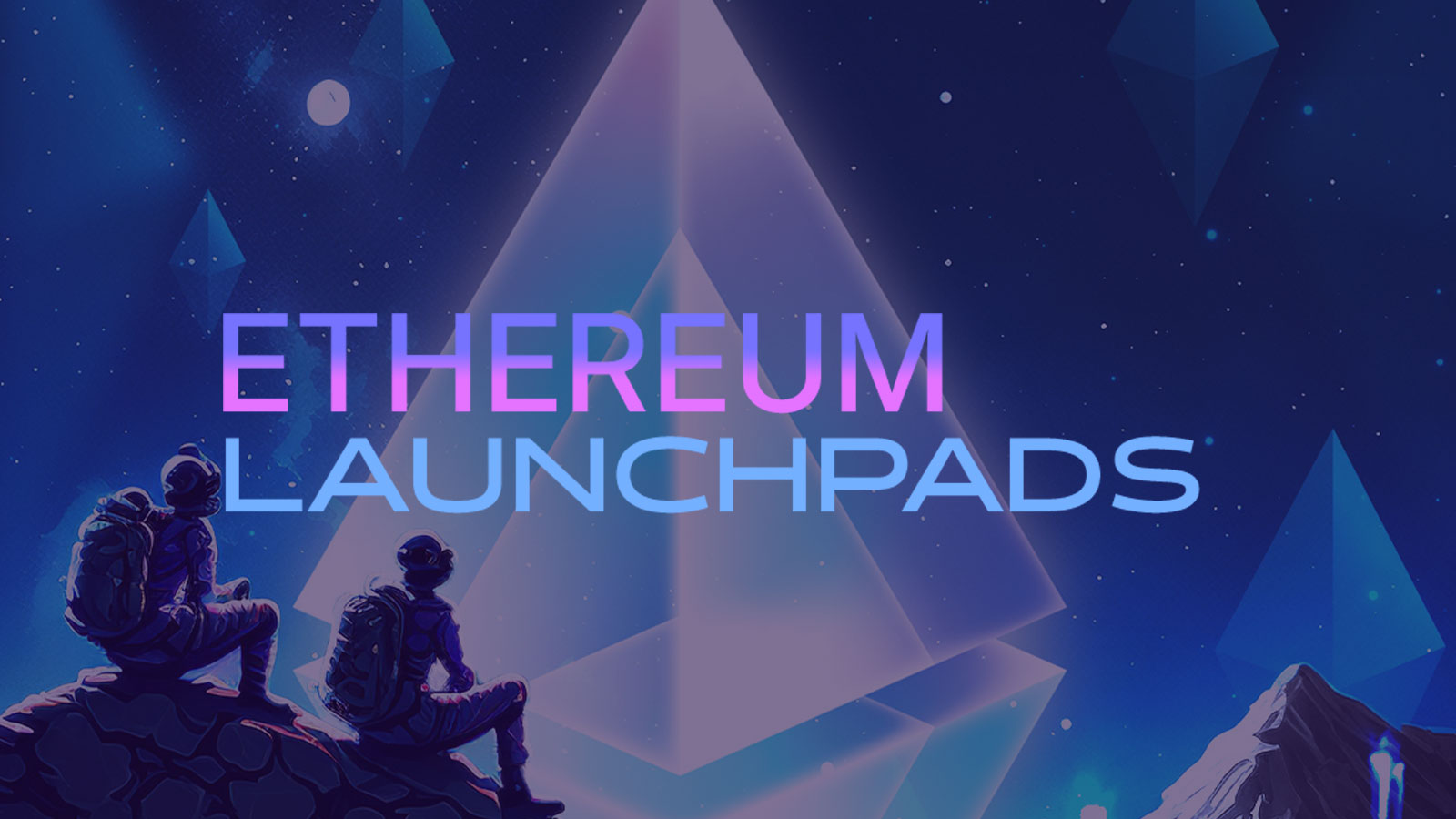February 13, 2025
How to Integrate Token Burn Mechanisms into Your Ethereum Project
Introduction
Token burn mechanisms are a powerful tool for reducing supply, increasing scarcity, and stabilizing token prices. Many Ethereum-based projects integrate token-burning strategies to enhance their tokenomics and create long-term value.
What is Token Burning?
Token burning refers to the process of permanently removing a certain amount of tokens from circulation. This is done by sending tokens to an irretrievable address (a “burn address”) where they cannot be accessed or spent.
Popular Token Burn Mechanisms on Ethereum
- Manual Burns
- Project teams periodically burn tokens based on milestones or community decisions.
- Example: Binance regularly burns BNB through manual quarterly burns.
- Automated Burns (Smart Contract-Based)
- Smart contracts can be programmed to automatically burn a portion of tokens from each transaction.
- Example: Ethereum’s EIP-1559 burns a portion of gas fees, reducing ETH supply over time.
- Buyback and Burn
- Projects use a portion of revenue or transaction fees to buy back tokens from the market and burn them.
- Example: Several DeFi protocols implement buyback and burn strategies to stabilize their token value.
- Transaction Fee Burning
- A percentage of every transaction is burned, creating a deflationary effect.
- Example: Shiba Inu (SHIB) and SafeMoon have transaction tax burns integrated into their tokenomics.
Steps to Implement Token Burning in Your Ethereum Project
- Define Your Burn Strategy – Decide on a manual, automatic, or buyback-based burn model.
- Modify Smart Contracts – Update your ERC-20 or ERC-1155 contract to include burn functionalities.
- Set Up a Burn Wallet – Create an inaccessible burn wallet for destroyed tokens.
- Automate Burns (If Needed) – Use Ethereum smart contracts to execute burns at predefined conditions.
- Announce and Execute Burns – Keep transparency with your community regarding token burns.
Advantages of Token Burning
- Creates Scarcity: Reducing supply often increases token value.
- Deflationary Effect: Encourages long-term holding and reduces inflation risks.
- Boosts Investor Confidence: Shows commitment to value creation.
Conclusion
Integrating a token burn mechanism into your Ethereum project can significantly improve its long-term viability and attractiveness. Whether through manual burns, automated functions, or buyback mechanisms, burning tokens strategically can drive sustainable growth and community trust.
